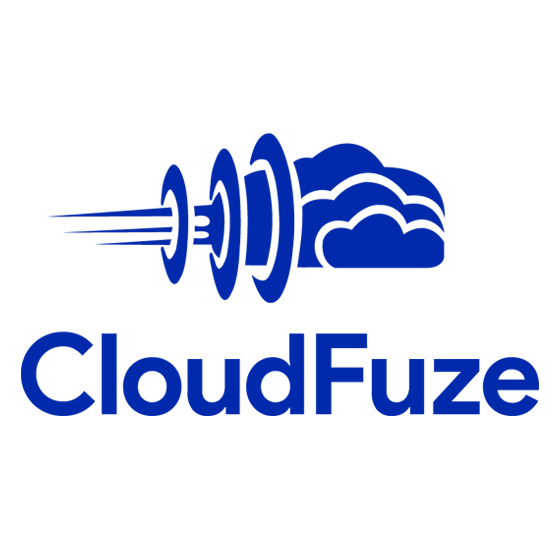Let's be real: most companies are drowning in a sea of outdated data systems. Forget the dream of a sleek, cloud-based utopia - new tech keeps popping up, creating even more data silos. A recent survey from Alteryx found a data disaster zone: 30% cling to legacy tech, and a whopping 90% struggle with inflexible, unscalable data stacks.
This silos information and prevents organizations from reaping the benefits of their data technology investments. Critical insights are trapped, hindering decisions and frustrating users.
Sound familiar? Let's get you out of the data dungeon with cloud data integration. It consolidates data from disparate locations – from on-prem to cloud and beyond – into a single, accessible view for everyone. Without it, IT administrators must sift through each system separately for data management and maintenance, which could lead to more inconsistencies and security risks.
Like any technology, the full potential of cloud data integration and data integration for small businesses is unleashed only when strategically executed.
So, what does a successful strategy look like? Here is my take.
-

ShareGate
Visit WebsiteThis is an aggregated rating for this tool including ratings from Crozdesk users and ratings from other sites.4.8 -

Dynatrace
Visit WebsiteThis is an aggregated rating for this tool including ratings from Crozdesk users and ratings from other sites.4.5 -

CloudFuze
Visit WebsiteThis is an aggregated rating for this tool including ratings from Crozdesk users and ratings from other sites.4.3
Know Where Your Data Is
Any cloud data integration strategy must start with knowing where all your data is located. While there are different schools of thought on where data should reside, the truth is not all data is created equal. The beauty of cloud data integration is that not all data needs to be in the cloud, nor does it all need to be on-premises.
For example, a hybrid cloud strategy is attractive to enterprises that want to transition some of their workloads to the cloud but also to retain control over sensitive data within their own infrastructure.
It is also important for every data worker to know about and have access to the data they care about. Making data easy to discover via API integration tools, for example, is the most significant multiplier for an organization’s ability to be data-driven.
Get Rid of Your Data Debt
The next step is eliminating data debt — where an organization fails to manage data quality, negatively impacting costs and productivity. Any data-driven technology will only be as successful as the quality of the data it’s utilizing. If data is collected manually from siloed sources via spreadsheets, there is bound to be a breakdown in data quality due to human errors, lack of transparency, and inconsistency — making business decision-making slow, painful, and ineffective.
With modern technologies, it has become easier than ever to provide increased controlled access to the source data via easy-to-use tools without proliferating copies of modified and hard-to-synchronize data. Eliminating these copies and providing more direct control over data to business functions can significantly reduce an organization’s data debt.
Improve Data Quality
The success of any cloud data integration strategy lies in its data preparation, including data cleansing, mapping, and transformation. No matter where data is hosted—on the cloud, on-premises, or in a hybrid environment—it still needs to be wrangled, cleansed, and structured into a unified platform.
Organizations must select a data preparation tool that reduces the time and resources usually poured into the process. Proper cloud data governance can also help if data is in the cloud.
Allowing domain experts who sit on business teams to use modern, easy-to-use tools can democratize this work and allow increased ownership. These business teams can then partner with central data teams to create and use shared data assets that are high quality, governed, and avoid duplication.
Together, this can balance democratized data use and maintaining consistency and high quality across the organization's data assets.
Lead the Change
Data is a powerful engine of business innovation. This isn’t to say cloud data integration is the solution to a company’s data woes. However, it is a key piece of building an enterprise-wide culture of data literacy that encourages every department — from marketing and finance to HR and IT — to easily access and use data for business processes and decision-making across the company.
Subscribe to The CTO Club's Newsletter for more cloud data insights and tools.







